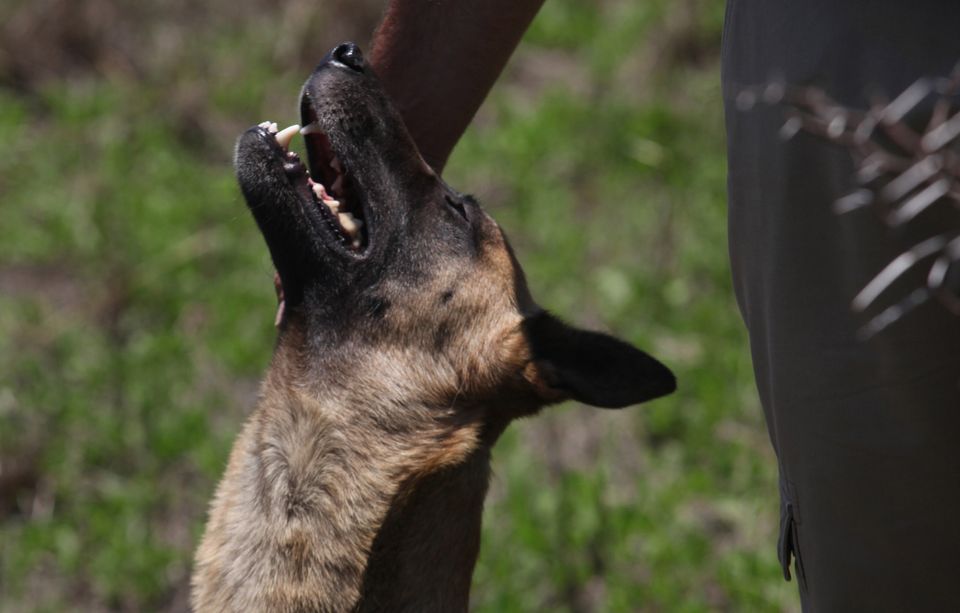
Mozambique doesn't have any living rhinos left, but the country is still a hub for the illicit, and highly lucrative, trade in endangered animal parts.
In an increasingly common show of force against poachers, wildlife officials destroyed more than 425 pounds of rhino horn and two tons of elephant ivory on Monday. The cache was seized in Maputo, Mozambique's capital, earlier this year in what The Guardian calls the biggest haul of rhino horn ever.
The goods represent more than 200 animals that were killed for their horns and tusks, according to Agence France-Presse. Based on conservative estimates, the total value of the burned material on the black market hovers close to $17 million.
"Today sends a signal. Mozambique will not tolerate poachers, traffickers and the organized criminals which employ and pay them to kill our wildlife and threaten our communities," Celso Correia, Mozambique's minister of land, environment and rural development, said during the burning. "The ivory trade is driven by those beyond our shores but it is our citizens and our neighbors who pay the cost."
Despite the victory against wildlife crime, Mozambique is still struggling to keep up with highly armed criminal gangs that can make millions off a single poaching venture. Rhino horn can fetch upwards of $65,000 a kilogram -- more than its weight in gold -- and the price of elephant ivory tripled between 2010 and 2014.
Poachers in South Africa, home to most of the world's remaining rhinos, are already on track to kill more of the animals this year than ever before, surpassing last year's record slaughter of 1,215. The horns often make their way to some Asian countries, where they're ground into a powder many think can cure everything from cancer to infertility. But rhino horn is actually made of the same material as human fingernails and holds no medical properties whatsoever.
A startling study released in May found nearly half of all elephants in Mozambique were slaughtered over the past five years, a statistic conservationists called highly "depressing."
Ivory is still in high demand in parts of China, where trinkets carved from the material are seen as status symbols. Growing demand from a rising middle and upper class have strained elephant populations across the African continent, and an expert told The New York Times in a 2013 piece that “China is clearly driving the illegal ivory trade more than any other nation on earth."
The country has made strides to combat the poaching epidemic in recent months, promising to phase out its currently legal domestic market for ivory sales. Nearly 1,500 pounds of confiscated ivory was crushed in Beijing in May as a sign of the government's commitment to conservation.
Related
Before You Go











